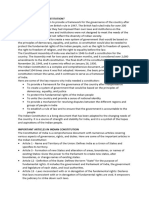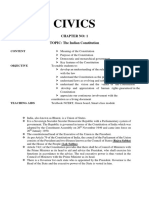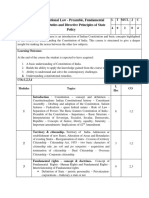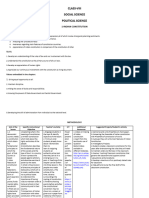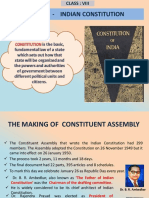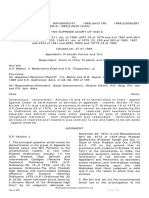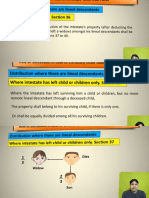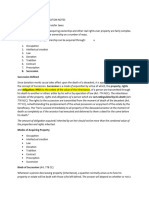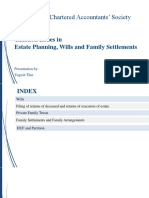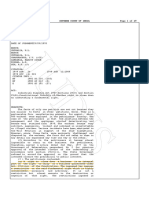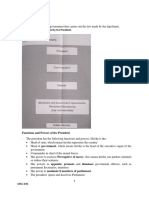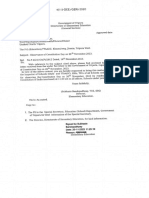0% found this document useful (0 votes)
148 views1 pageClass 11 Political Science (Assignment)
The document outlines an assignment on the Constitution, focusing on its significance as the supreme law, the necessity of a Constitution in a democracy, and the inclusivity of the Indian Constitution. It includes questions on the role of the Constituent Assembly, the importance of Fundamental Rights, and the electoral process in India. Additionally, it prompts reflections on proposed amendments and comparisons with other countries' constitutional frameworks.
Uploaded by
a77043793Copyright
© © All Rights Reserved
We take content rights seriously. If you suspect this is your content, claim it here.
Available Formats
Download as DOCX, PDF, TXT or read online on Scribd
0% found this document useful (0 votes)
148 views1 pageClass 11 Political Science (Assignment)
The document outlines an assignment on the Constitution, focusing on its significance as the supreme law, the necessity of a Constitution in a democracy, and the inclusivity of the Indian Constitution. It includes questions on the role of the Constituent Assembly, the importance of Fundamental Rights, and the electoral process in India. Additionally, it prompts reflections on proposed amendments and comparisons with other countries' constitutional frameworks.
Uploaded by
a77043793Copyright
© © All Rights Reserved
We take content rights seriously. If you suspect this is your content, claim it here.
Available Formats
Download as DOCX, PDF, TXT or read online on Scribd
/ 1


